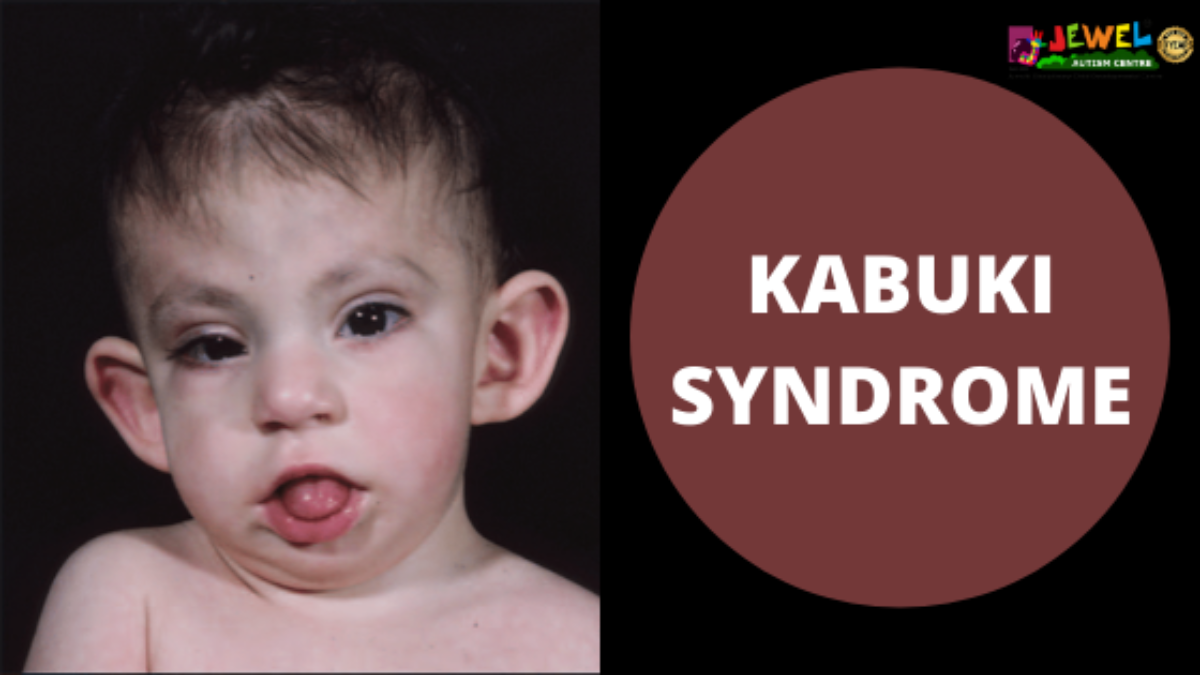Kabuki Syndrome

Kabuki syndrome, formerly known as Niikara-Kuroki syndrome or Kabuki-make up syndrome, is a rare congenital disorder that is characterized by distinctive facial features, mild to moderate mental impairment and postnatal growth delay as well as short stature.
Kabuki syndrome is caused by loss of function mutations in KMT2D or KDM6A genes. This disorder that a person is born with, has two types. Type one is KMT2D and type two is KDM6A from the mutations.
It happens in 1 in 32,000 births. The distinctive features include abnormally long openings between eyelids, everted lower eyelids, prominent eyelashes, arched eyebrows, a broad nose and large misshaped ears.
More facial characteristics are, a bluish tinge to the whites of the eye (blue sclerae), drooping of the upper eyelid (ptosis), misaligned eyes (strabismus), a cleft palate, lip pits and an abnormally small jaw.
The first formal diagnosis was performed in 1981 and described by two Japanese groups led by Norio Niikawa and Yoshikazu Kuroki where the original name of the disorder was derived from.
However, the genetic condition was named Kabuki after the facial resemblance of affected individuals to stage make up used in the Kabuki Japanese traditional theatrical form.
A person with Kabuki Syndrome has skeletal abnormalities, short stature, distinctive facial features and mental retardation. However, there are only a few case reports that show the coexistence of Kabuki Syndrome with Autism Spectrum Disorder (ASD).
It is strongly advised that Chromosomal Microarray Analysis (CMA) be included in the prenatal diagnosis of fetuses with growth retardation, cardiovascular and musculoskeletal abnormalities. This will allow to also test for Kabuki Syndrome in an unborn baby.
BY CHRISTINE OMONDI
Tags: Pwds Signstv Asd Kabuki Syndrome Editor's Pick
Related
Share this article
Experienced and versatile writer, dedicated to using my exceptional writing and editing skills to inform and advocate. My work focuses on educating and entertaining readers on a range of topics, with a particular expertise in matters of disability.
View articles

